Renode: Easy CI for your Weird Hardware
Sean Cross
Renode
I find it a useful tool. Maybe you will, too!
What is "Weird Hardware"?
- Hardware that there is only one of (because you just made it)
- Hardware that you're trying to understand
- Hardware that uses ARM, i386, PowerPC, Risc-V, Sparc, or Xtensa
About Me: I Do Weird Hardware
- Betrusted/Precursor: FPGA Secure Communications
- Fomu: World's Smallest FPGA Dev Board
- Novena: Open Source Laptop
- Senoko: Open Source Power Board for Novena
Hardware with Embedded Software
- Software needs to be written
- Software needs to be tested
- Software needs to be debugged
About Renode
- Whole-System Emulator
- Supports concurrent emulation
- Extensible with C# and Python
- Windows, Mac, Linux
- MIT Licensed
Who Might Find This Talk Interesting?
- Creators
- Integrators
- Reverse Engineers
Creators: Making New Things!
- Reusing an existing platform
- Reusing an existing microcontroller
- New microcontroller from existing family
- New microcontroller with a common CPU
Integrators: Making Sure Nothing Broke!
- Hardware testing incompatible with cloud
- ...it sure is effective, though
- Hardware crunch makes it difficult to get hardware
- Downloading software is much cheaper than shipping
Reverse Engineers: What Is This Blob Doing?
- Staring at code flow is enlightening, but time-consuming
- What is it doing and how does it get there?
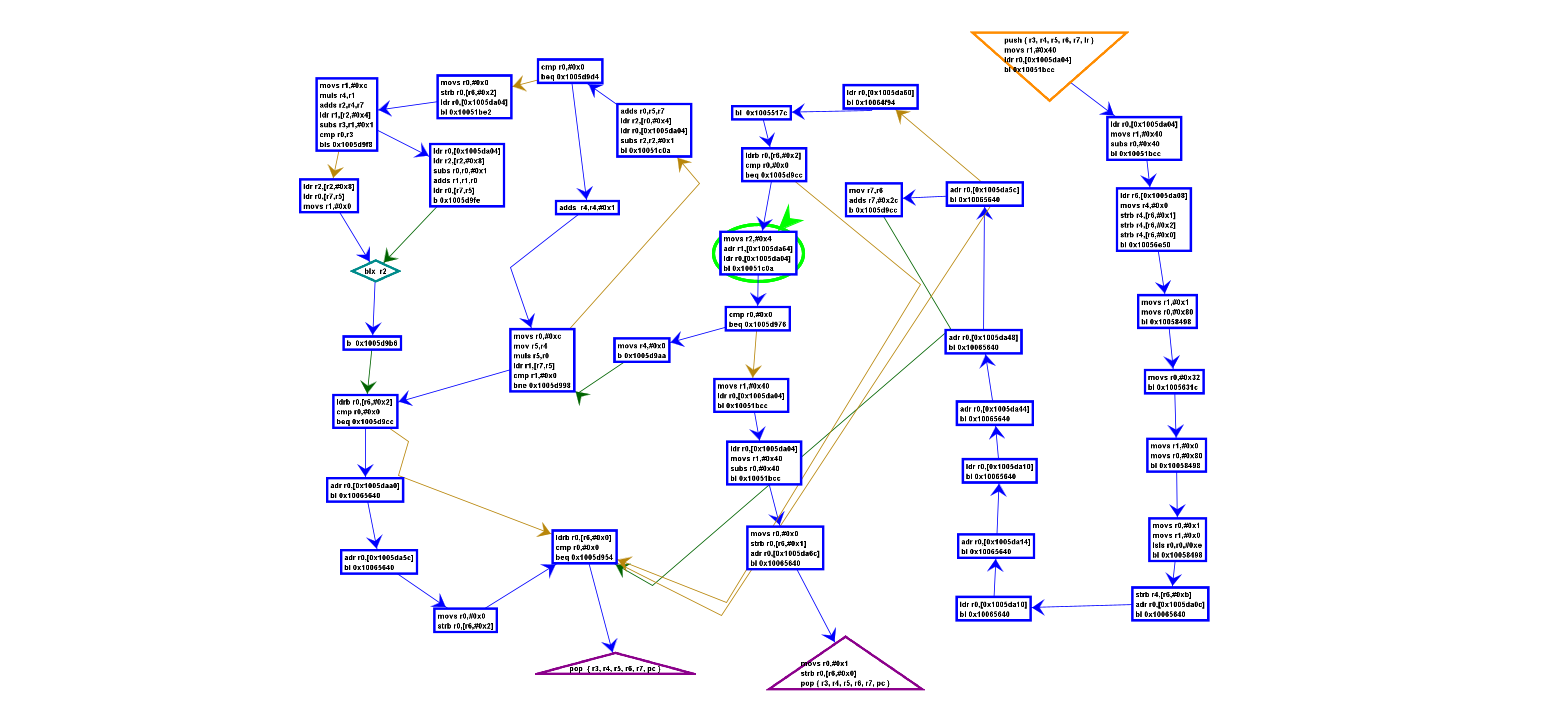
What Is an Emulator?
Whole-System Emulator
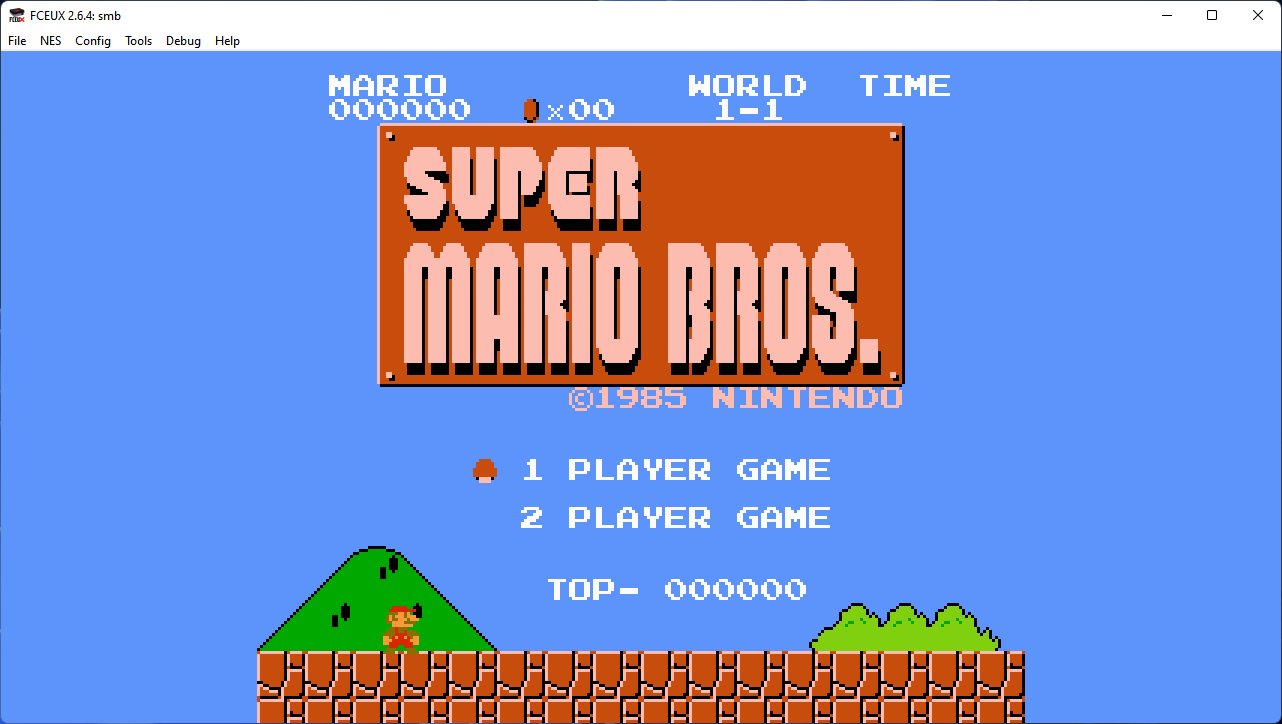
Whole-System Emulator

Transparent Emulator
- WSL2/Docker
- qemu on Linux
- Rosetta on Mac
What is an Emulator?
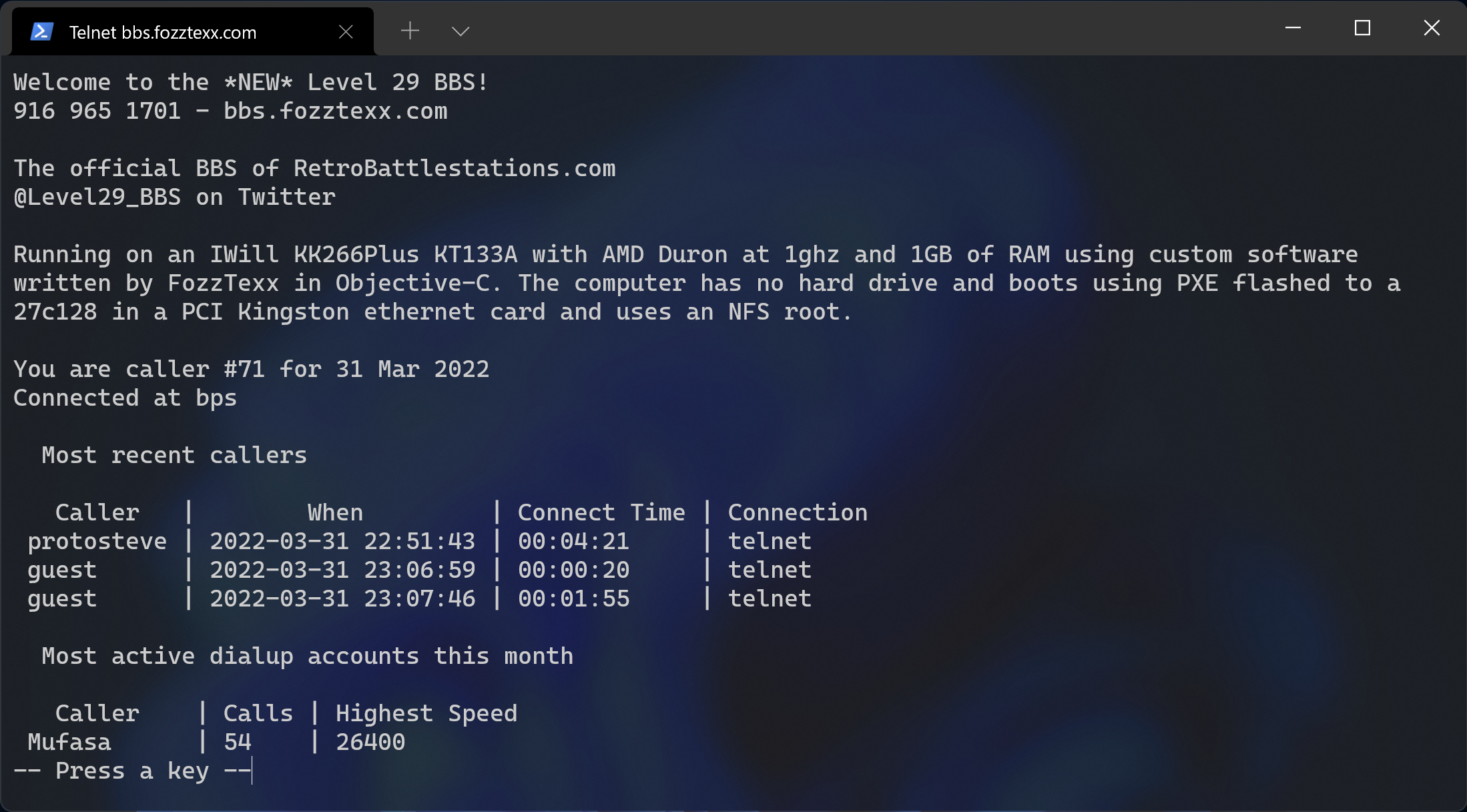
What is an Emulator?

What is an Emulator?
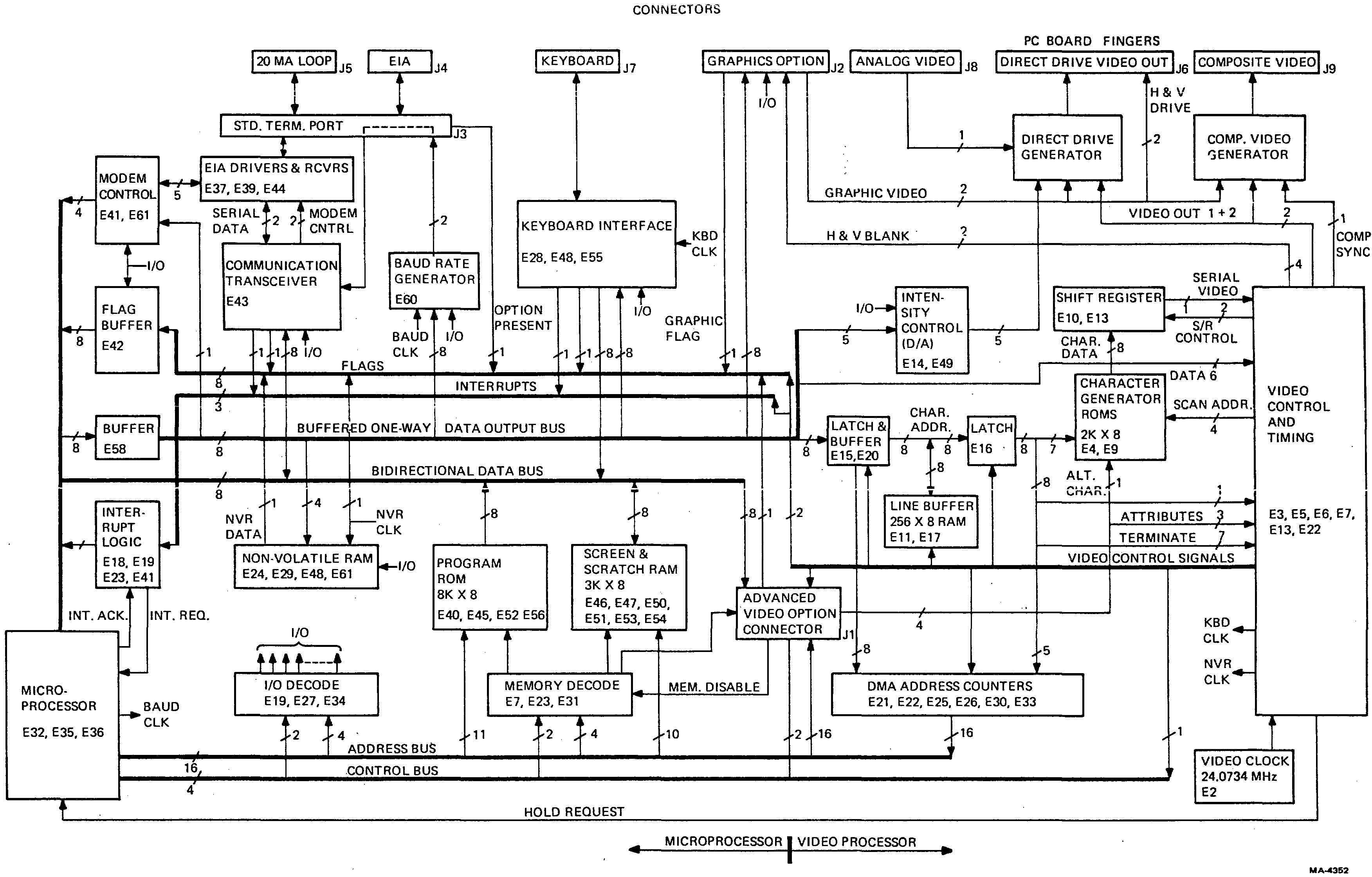
Emulation Depends on your Goals!
Emulation is a lie
What is a Computer?
- A system of devices
- One or more processors
- One or more buses
- One or more blocks of memory
- Some I/O
What is a Computer?
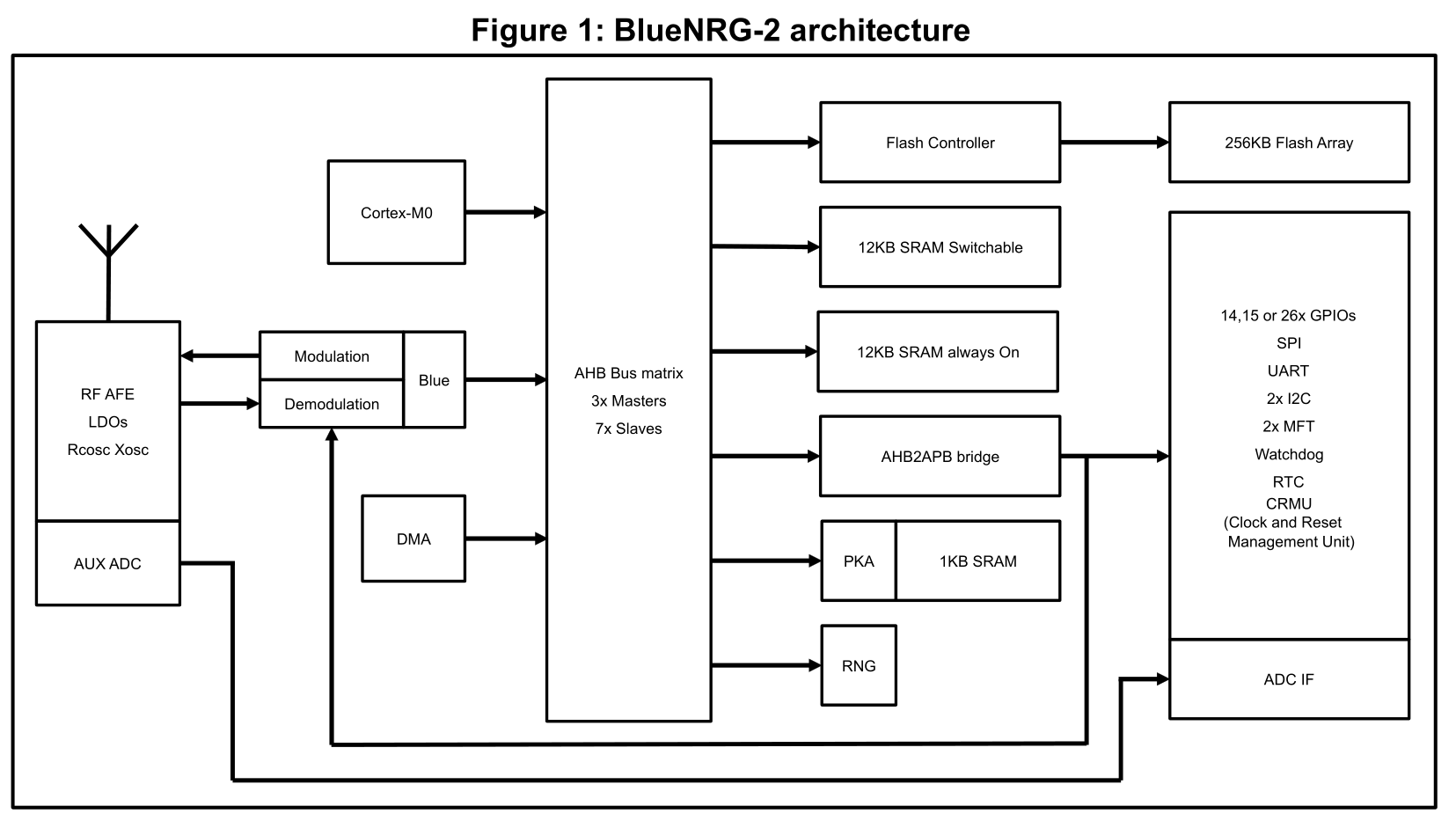
What is a Computer?
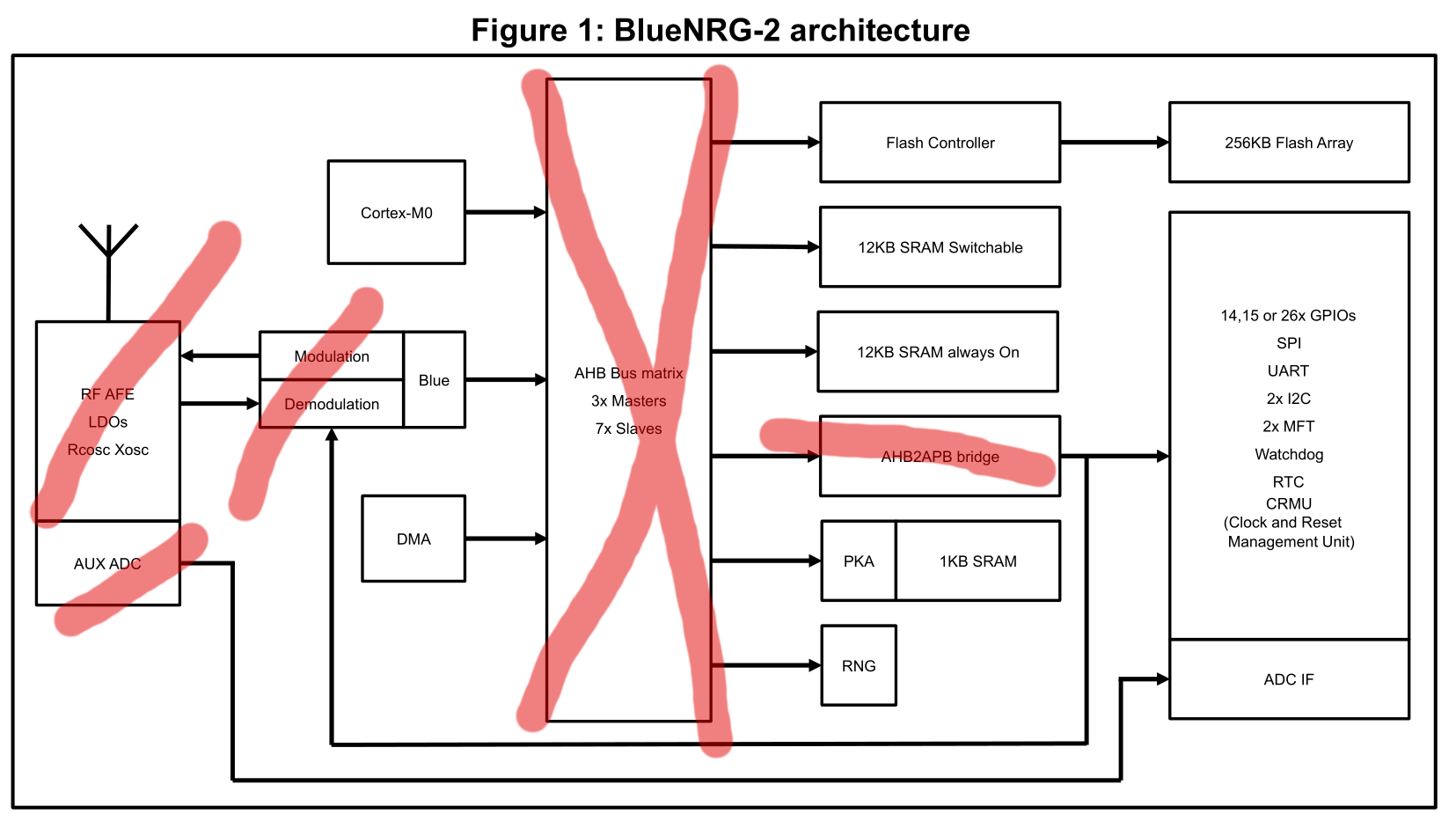
What is a Computer?
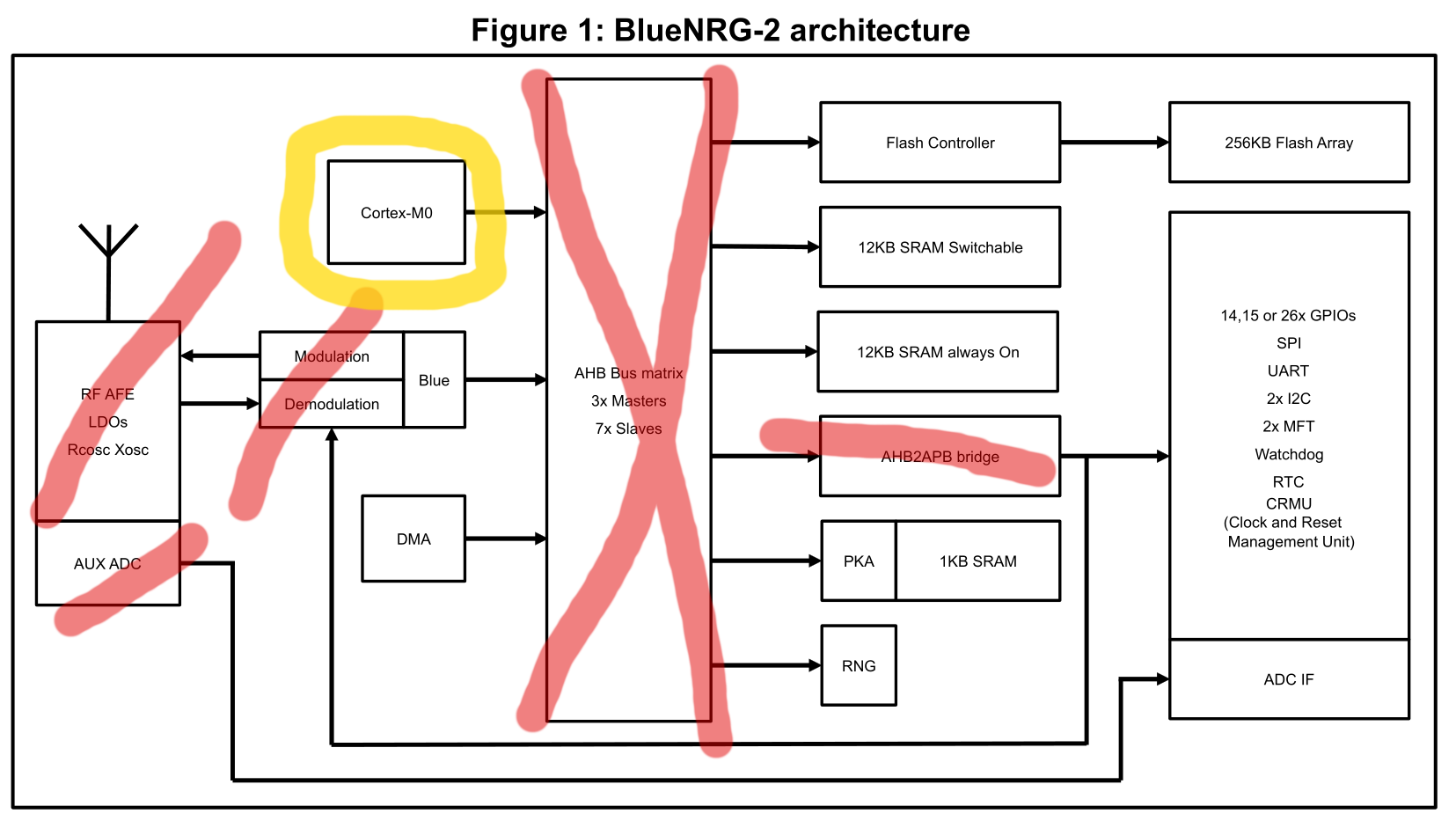
What is a Computer?
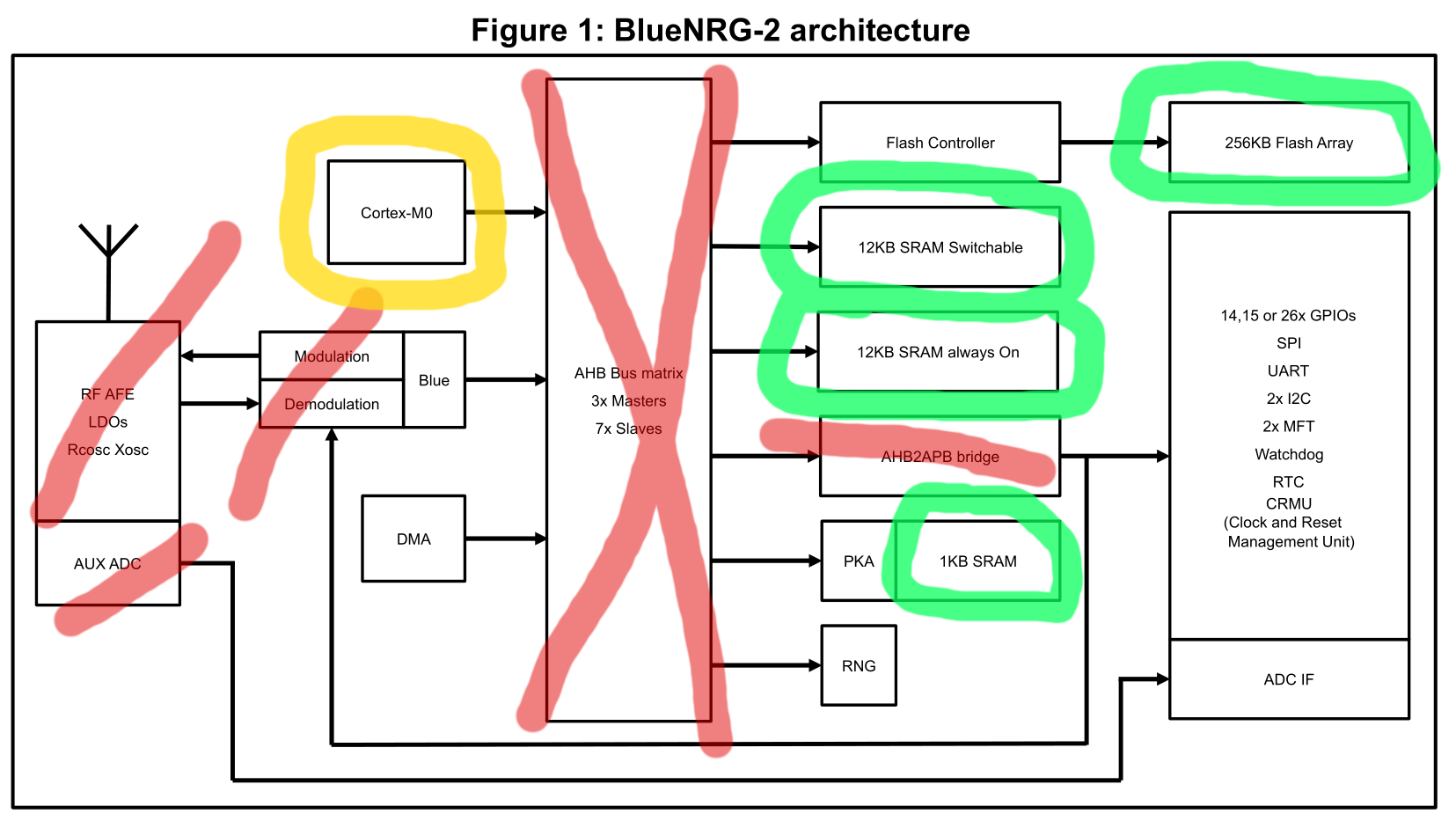
What is a Computer?
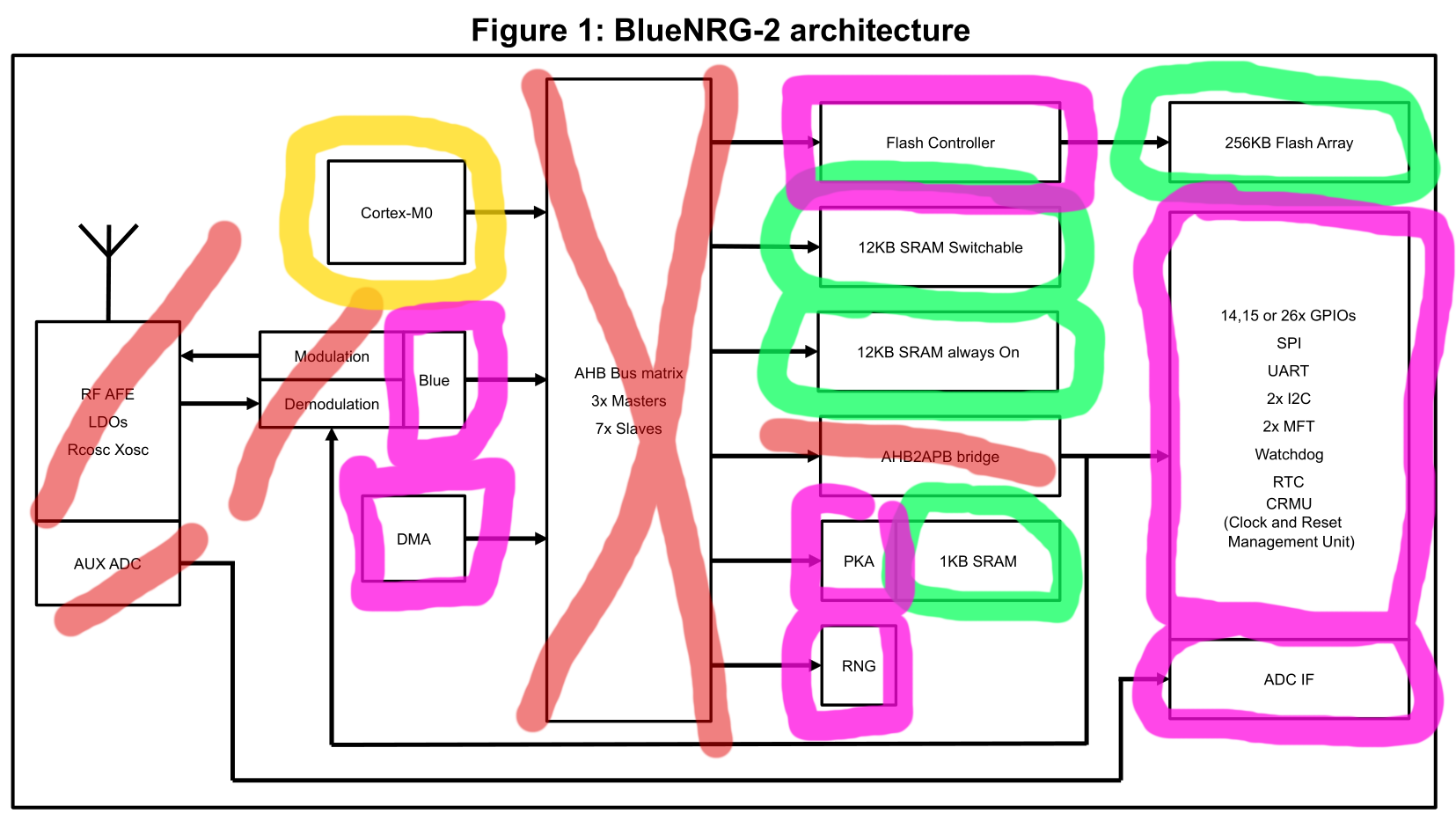
What is a Computer?
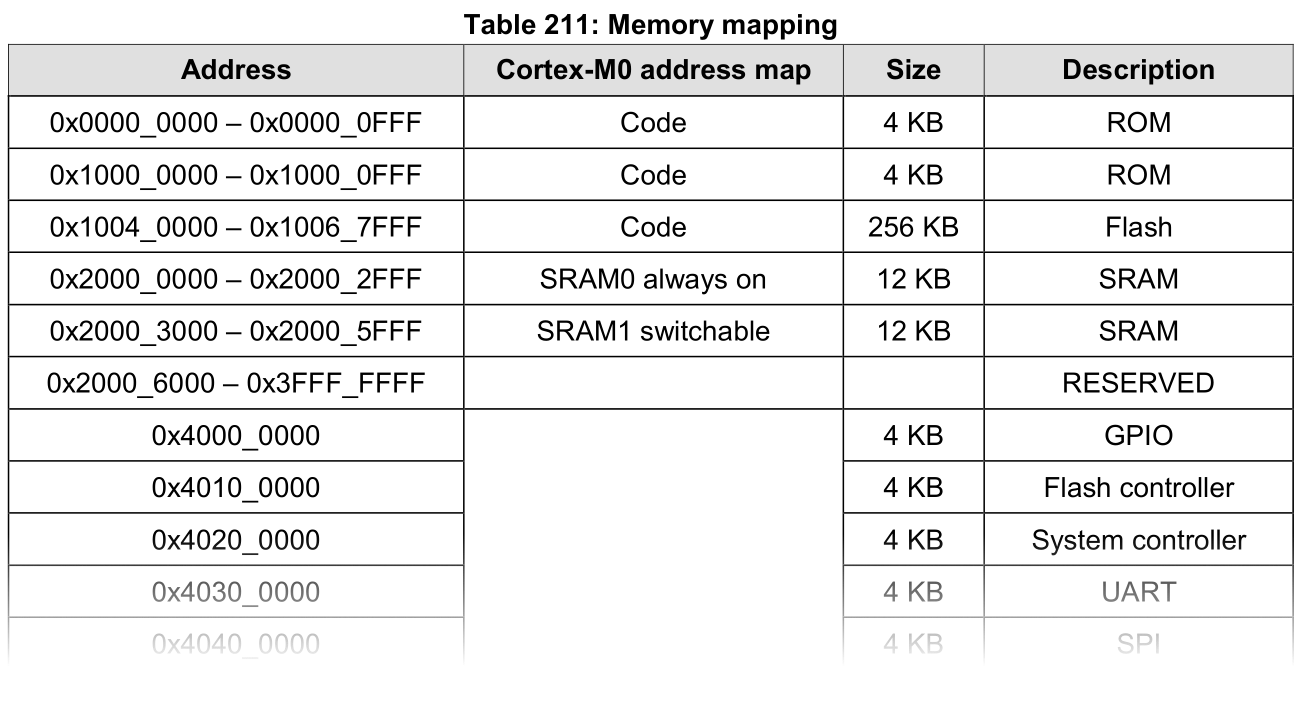
What is a Computer?
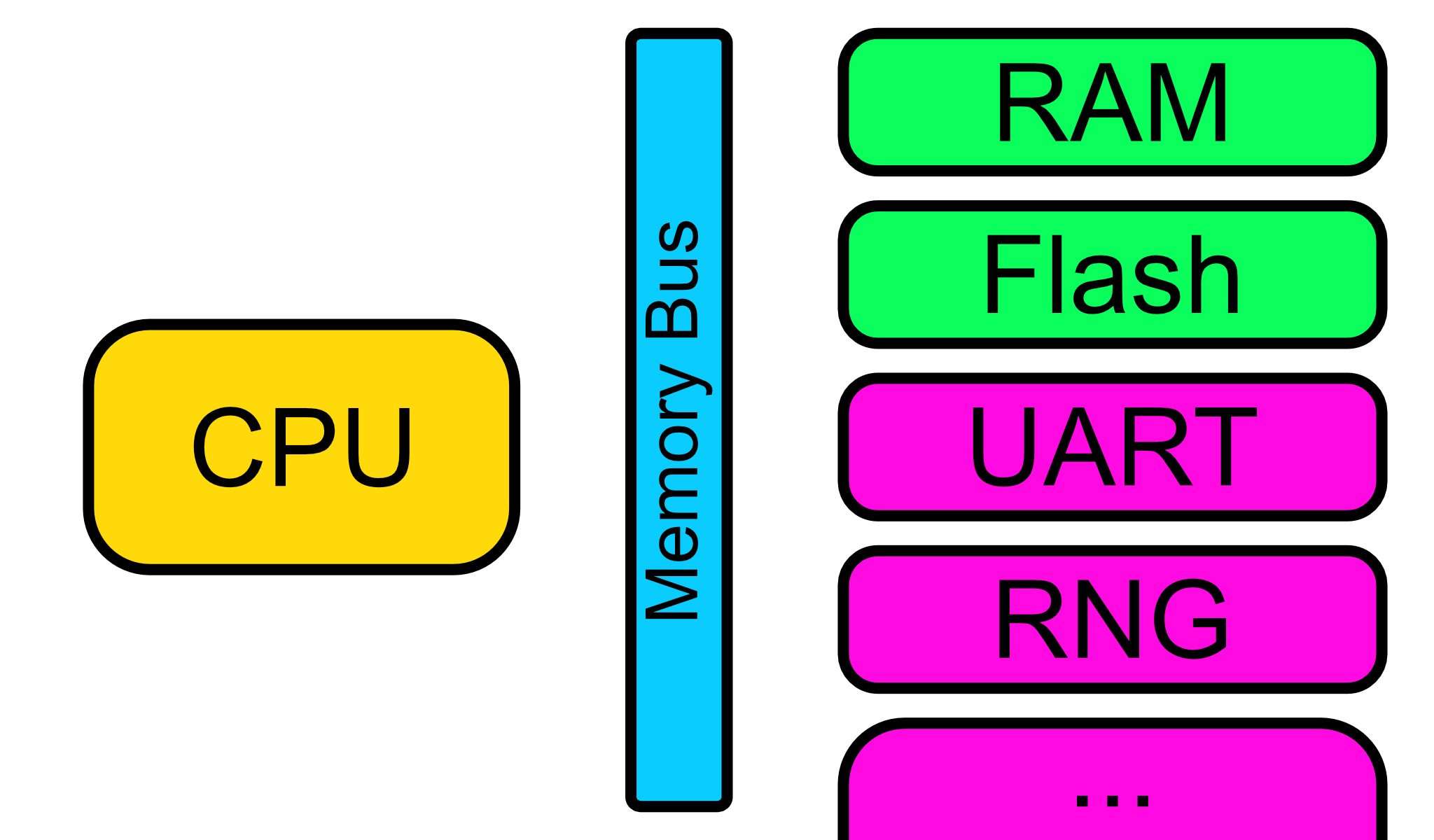
Defining a Computer in Renode
flash: Memory.MappedMemory @ sysbus 0x00000000
size: 0x00008000
sram: Memory.MappedMemory @ sysbus 0x20000000
size: 0x00001000
nvic: IRQControllers.NVIC @ sysbus 0xE000E000
IRQ -> cpu@0
cpu: CPU.CortexM @ sysbus
cpuType: "cortex-m0+"
PerformanceInMips: 24
nvic: nvic
That's Nice, but What About...
- Loading firmware?
- Adding peripherals?
What is "Firmware"?
Firmware is a series of instructions executed by the CPU in order to accomplish a task
Firmware is Memory
Loading Firmware in Renode
sysbus LoadELF @firmware.elf
sysbus LoadBinary @rom.bin 0x20000000
How does Renode Interact With $VENDOR_TOOL?
- Hopefully your vendor tool produces ELF files
- HEX? BIN? Just use
LoadBinary! - Custom firmware format? Need to unpack first.
What About Boot ROMs?
- Initialize peripherals
- Check for boot override
- Check for low-power state
- Load firmware into RAM
- Validate firmware
- Jump to loaded program
sysbus LoadBinary @rom.bin 0x20000000
sysbus.cpu VectorTableOffset 0x20000000
sysbus.cpu SP `sysbus ReadDoubleWord 0x20000000`
sysbus.cpu PC `sysbus ReadDoubleWord 0x20000004`
start
What about New Peripherals?
It's All About Small Victories
- Serial ports are super rewarding
- They're also usually simple!
- They are easy to script
What is a Computer?

What is a Register?

What is a Register?
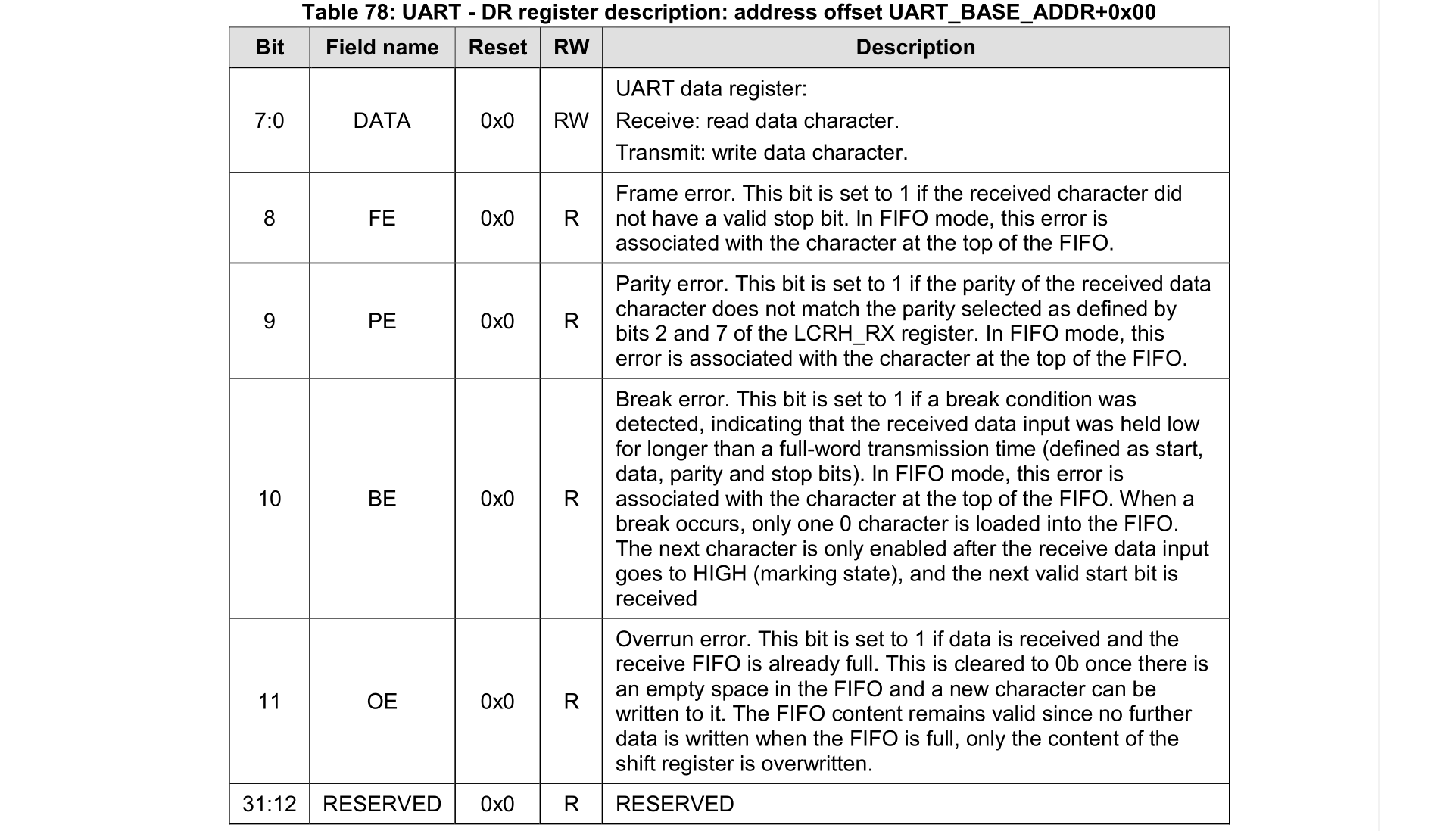
What is a Register?


What is a Register?
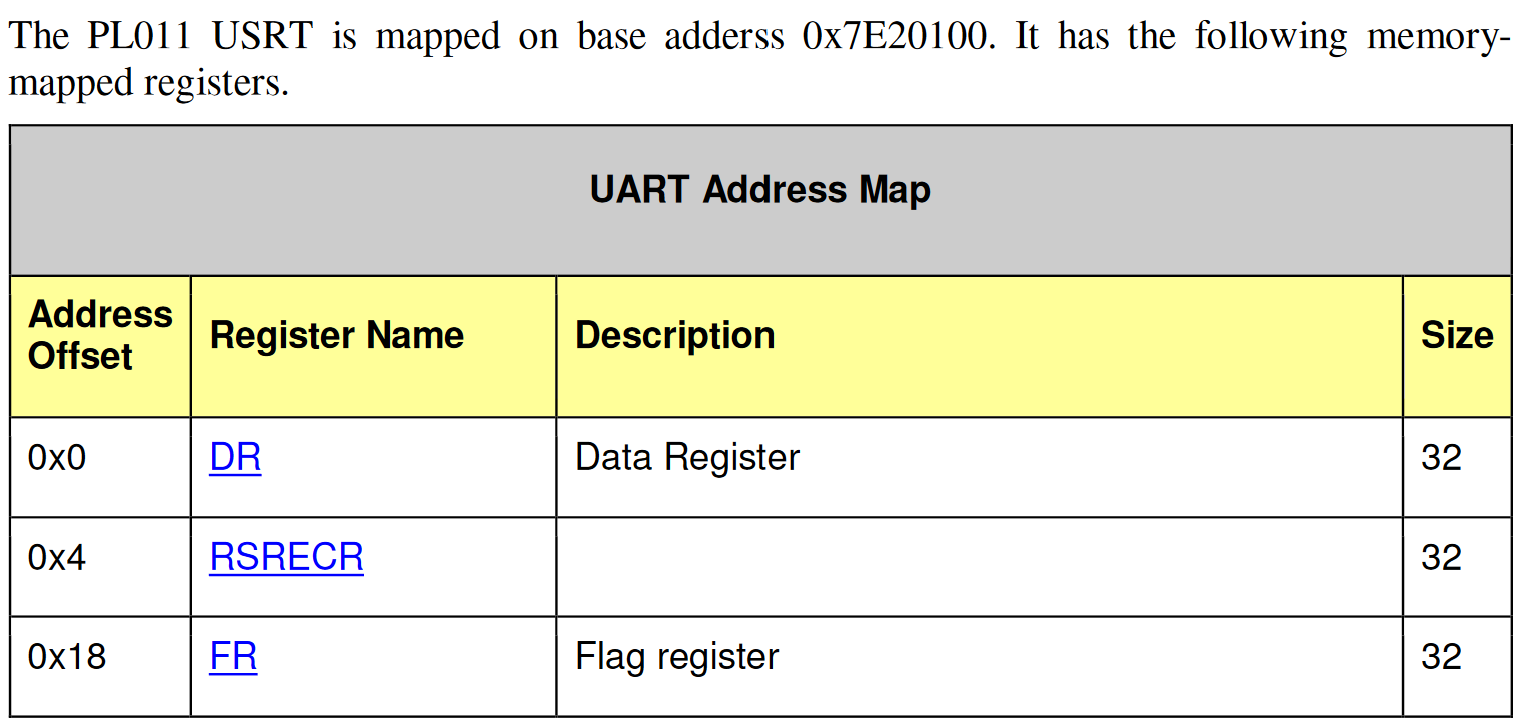
What is a Register?
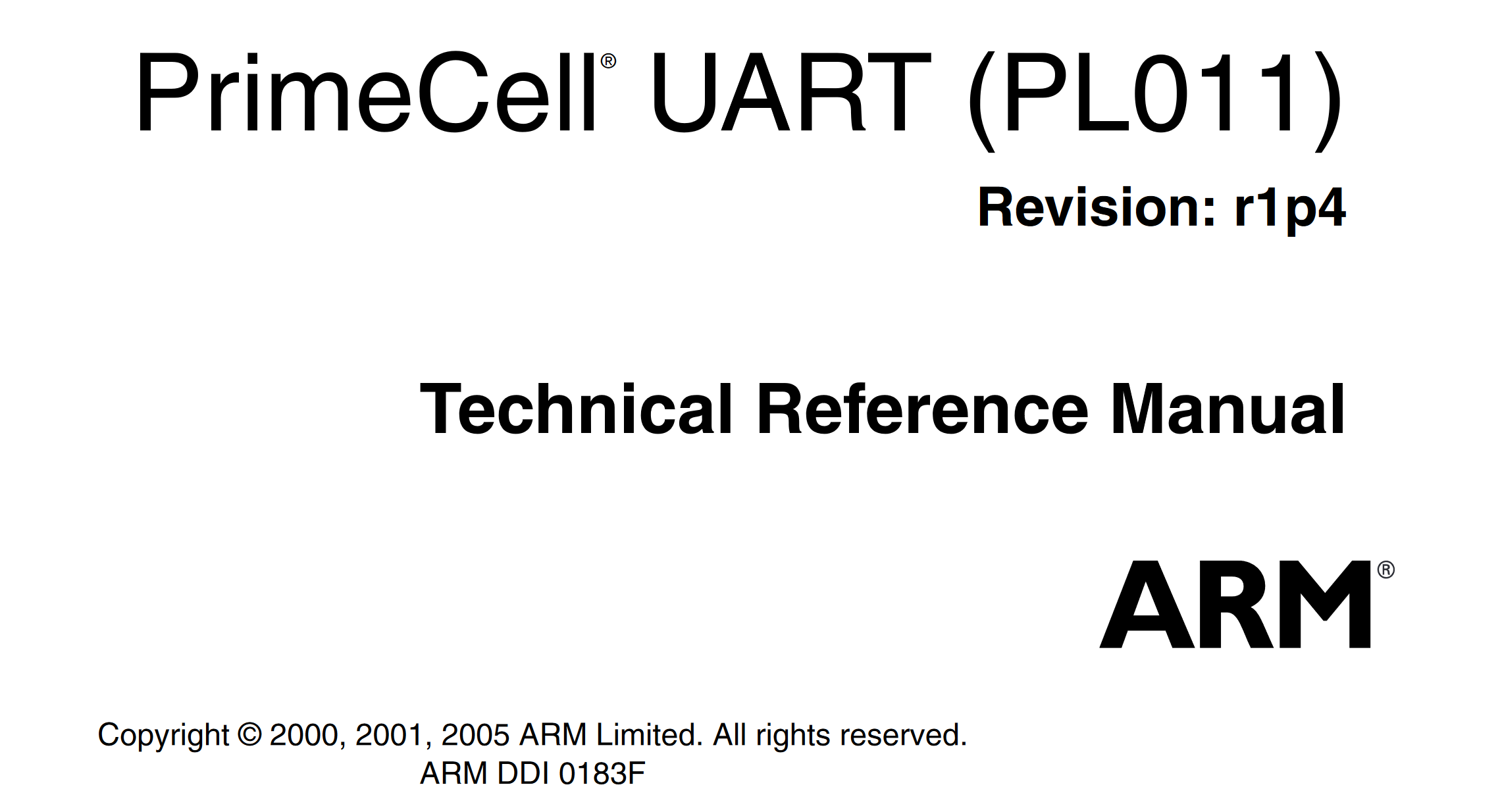
Reuse an Existing Block!
flash: Memory.MappedMemory @ sysbus 0x00000000
size: 0x00008000
sram: Memory.MappedMemory @ sysbus 0x20000000
size: 0x00001000
nvic: IRQControllers.NVIC @ sysbus 0xE000E000
IRQ -> cpu@0
// 👇 Add a UART with IRQ #10 at address 0x40300000
uart: UART.PL011 @ sysbus 0x40300000
-> nvic@10
cpu: CPU.CortexM @ sysbus
nvic: nvic
cpuType: "cortex-m0+"
PerformanceInMips: 24
Setting up Renode
machine LoadPlatformDescription @bluenrg-1.repl
sysbus LoadBinary @BLE_Chat_Server.bin 0x10040000
cpu VectorTableOffset 0x10040000
cpu SP `sysbus ReadDoubleWord 0x10040000`
cpu PC `sysbus ReadDoubleWord 0x10040004`
start
Output Success!
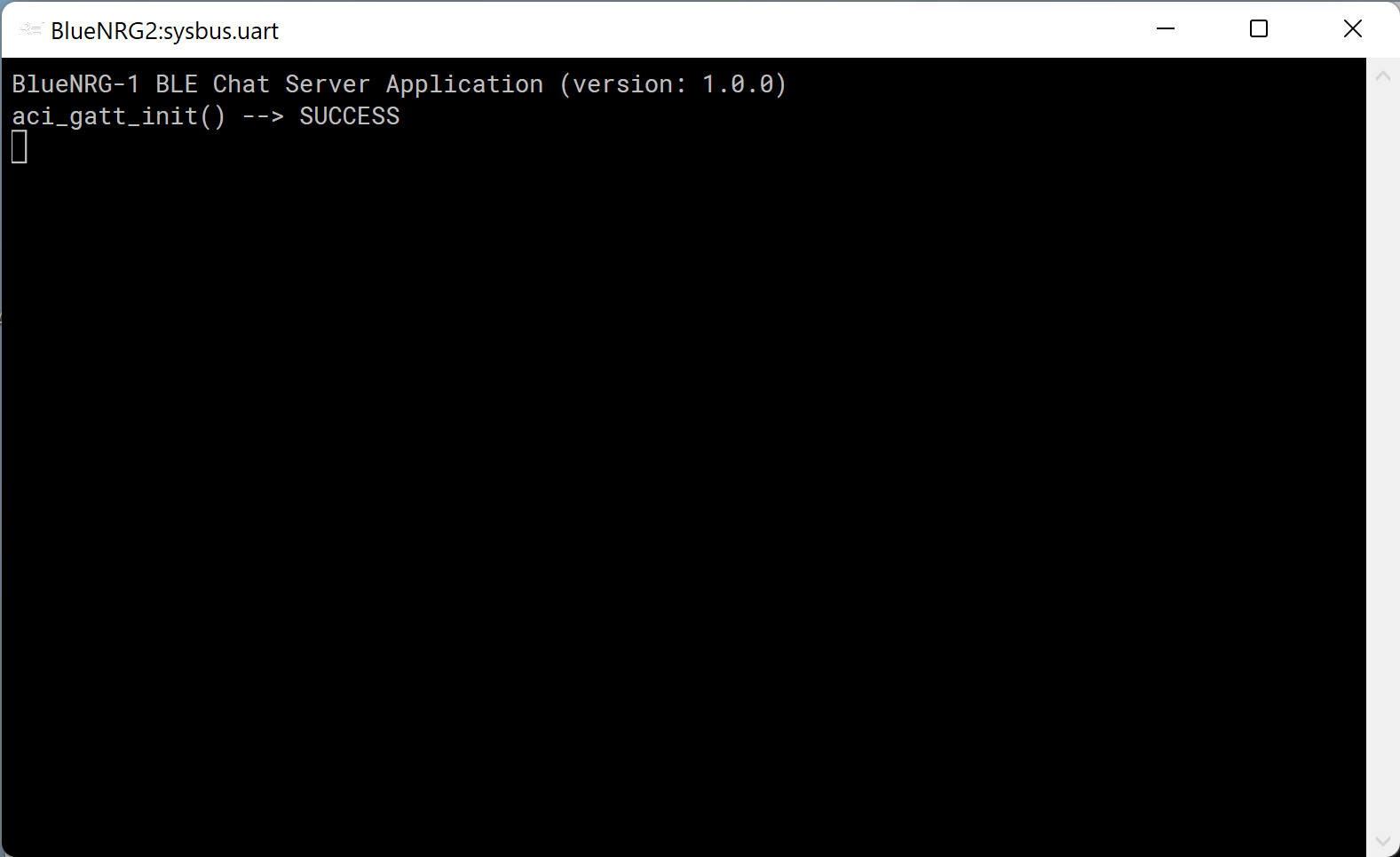
Always Check for Block Reuse
Blocks are frequently reused across designs, and can save you from having to reimplement everything from scratch!What if we need to write it ourselves?
Steps to Set Up a Serial Port
- Enable peripheral
- Set up clock
- Mux GPIOs
- Calculate baud rate
- Write to UART TX register
- Read from UART RX register
Steps to Set Up a Serial Port
- Interrupt Support
- Handled as a GPIO within the peripheral
- DMA
- Handled as a different peripheral
Modify an Existing Block
Example Serial Port: AxiUartLite
//
// Copyright (c) 2010-2018 Antmicro
//
// This file is licensed under the MIT License.
// Full license text is available in 'licenses/MIT.txt'.
//
using System;
using Antmicro.Renode.Peripherals.Bus;
using System.Collections.Generic;
using Antmicro.Renode.Core;
using Antmicro.Renode.Logging;
using Antmicro.Renode.Peripherals.Miscellaneous;
using Antmicro.Migrant;
namespace Antmicro.Renode.Peripherals.UART
{
[AllowedTranslations(AllowedTranslation.ByteToDoubleWord)]
public class AxiUartLite : IDoubleWordPeripheral, IUART, IKnownSize
{
public AxiUartLite()
{
readFifo = new Queue<uint>();
}
public void WriteChar(byte value)
{
readFifo.Enqueue(value);
}
public void Reset()
{
readFifo.Clear();
}
public uint ReadDoubleWord(long offset)
{
switch((Register)offset)
{
case Register.RxFIFO:
if(readFifo.Count == 0)
{
this.Log(LogLevel.Warning, "Trying to read from empty fifo.");
return 0;
}
return readFifo.Dequeue();
case Register.Status:
// Tx FIFO Empty | Rx FIFO Valid Data
return (1u << 2) | (readFifo.Count == 0 ? 0 : 1u);
default:
this.LogUnhandledRead(offset);
return 0;
}
}
public void WriteDoubleWord(long offset, uint value)
{
switch((Register)offset)
{
case Register.TxFIFO:
CharReceived?.Invoke((byte)value);
break;
default:
this.LogUnhandledWrite(offset, value);
break;
}
}
[field: Transient]
public event Action<byte> CharReceived;
public long Size { get { return 0x10; } }
public Bits StopBits { get { return Bits.One; } }
public Parity ParityBit { get { return Parity.None; } }
public uint BaudRate { get { return 0; } }
private readonly Queue<uint> readFifo;
private enum Register
{
RxFIFO = 0x0,
TxFIFO = 0x4,
Status = 0x8,
Control = 0xC
}
}
}
Steps to Set Up a Serial Port

What about Missing Definitions?
- Most registers are unused
- Start/Stop bits
- One-wire mode
- Infrared mode
- Most writes can be ignored
Peripheral Rapid Development
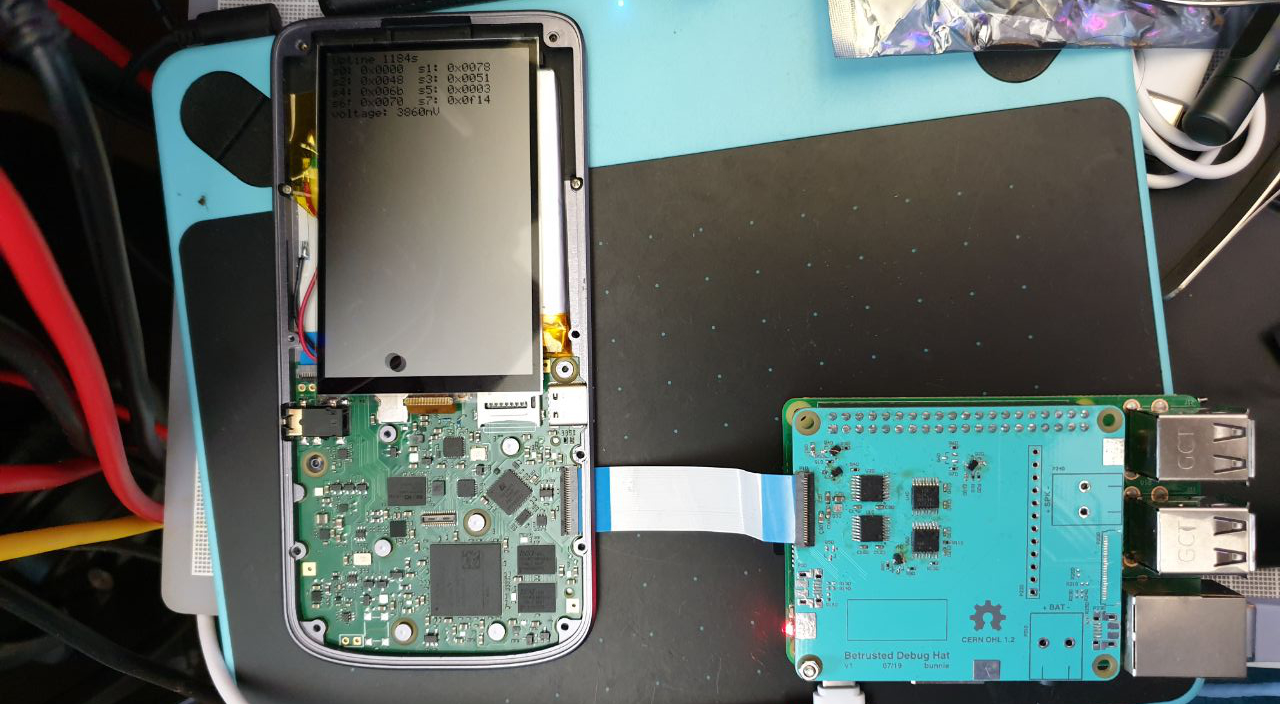 Betrusted Prototype
Betrusted Prototype
Peripheral Rapid Development
Hackaday Supercon 2019
Advantages of Emulation
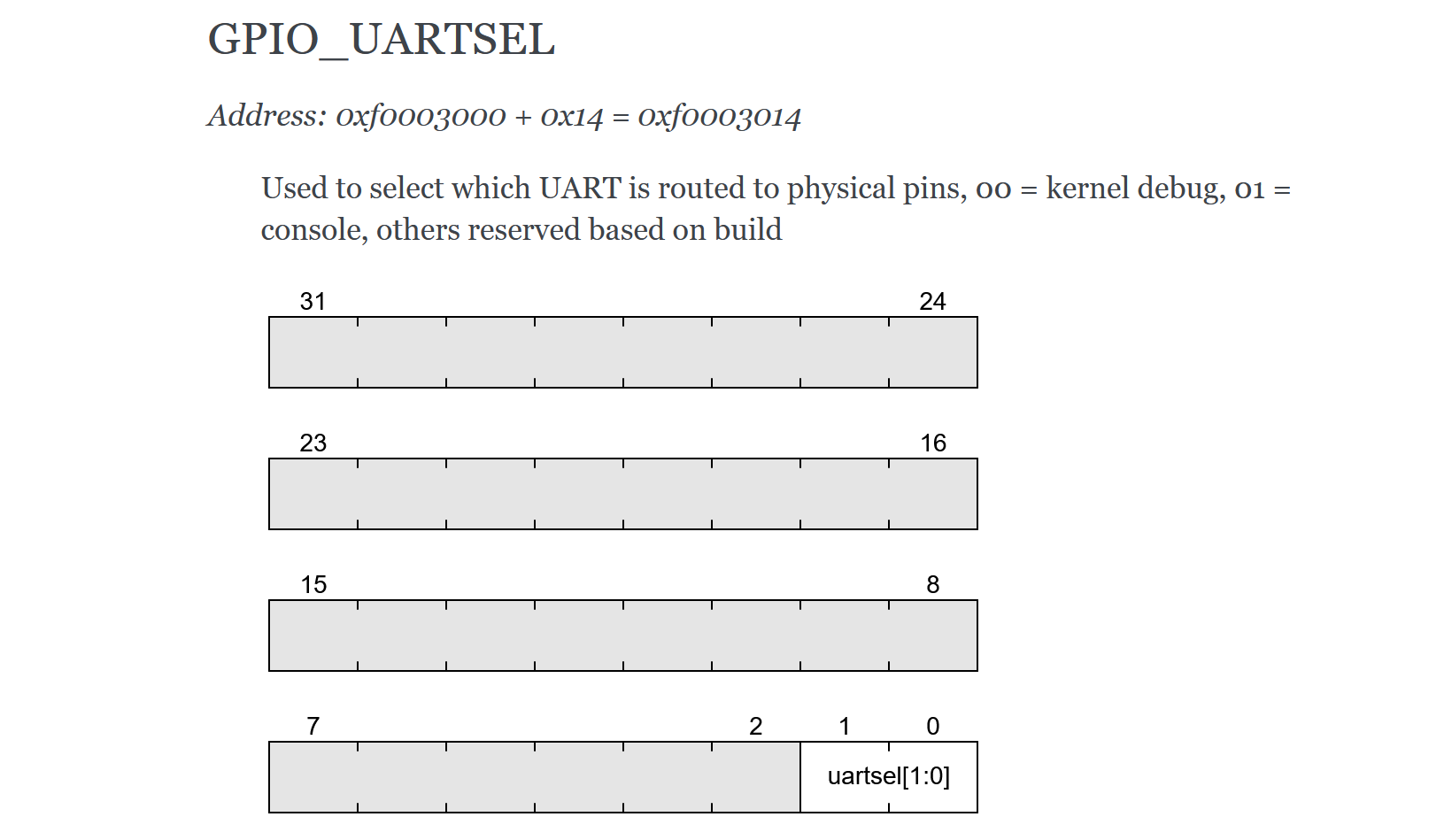
Advantages of Emulation
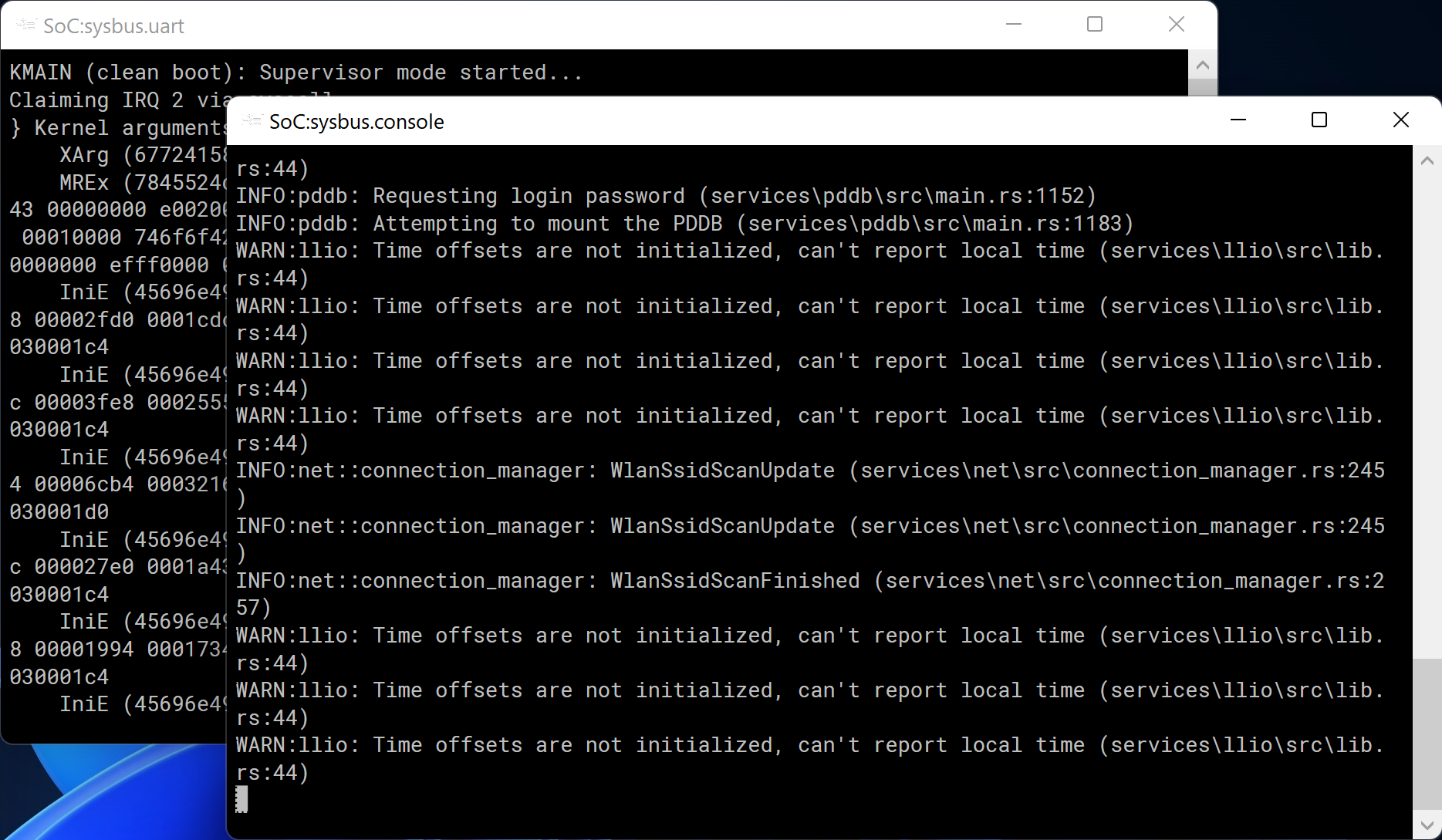
Getting Hardware to Users
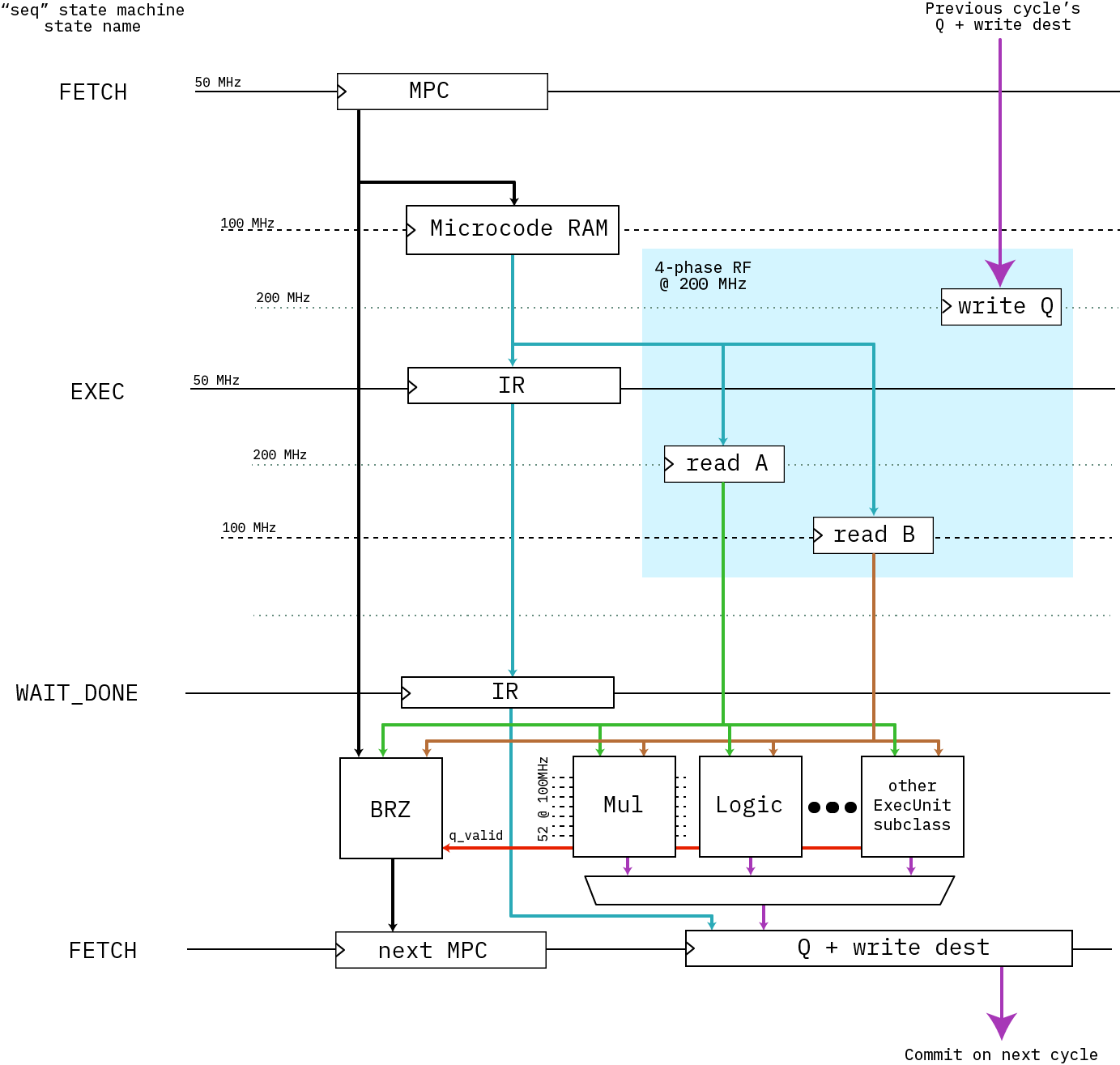
Betrusted ENGINE
Getting Hardware to Users
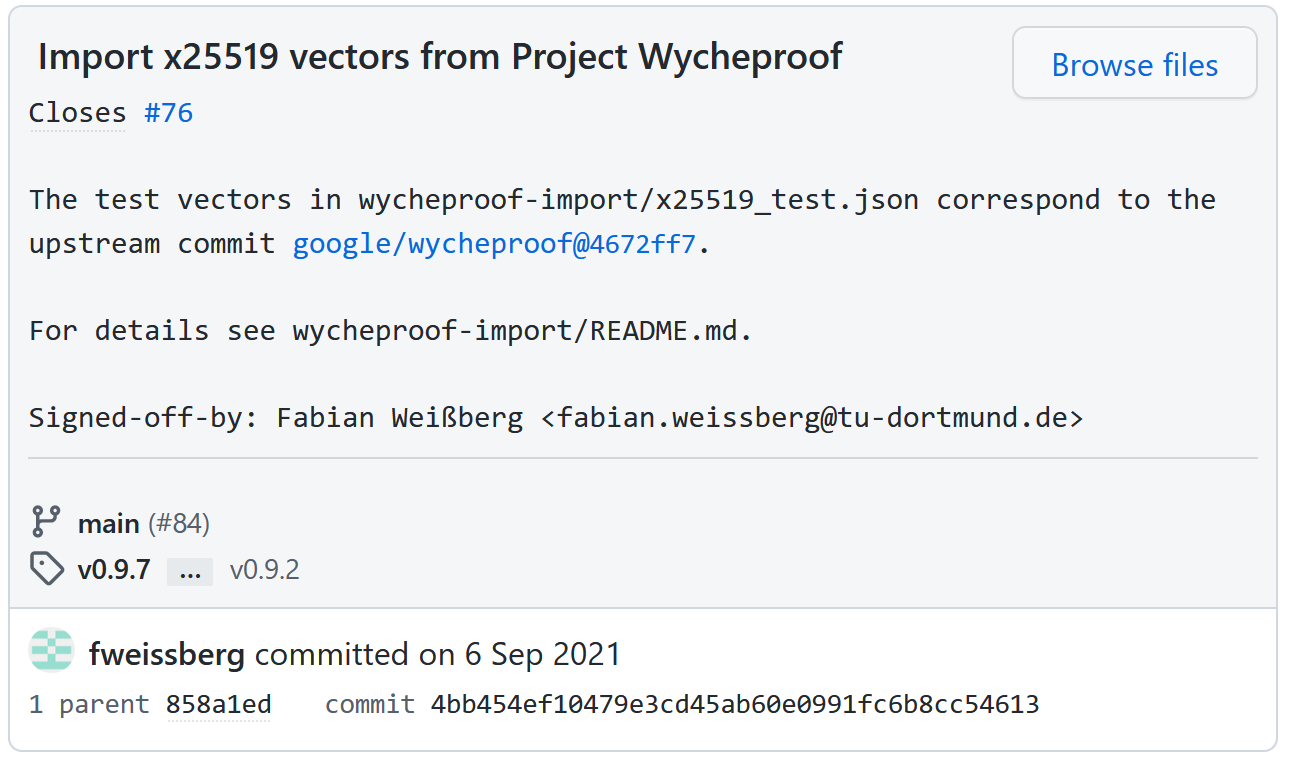
Getting Hardware to Users
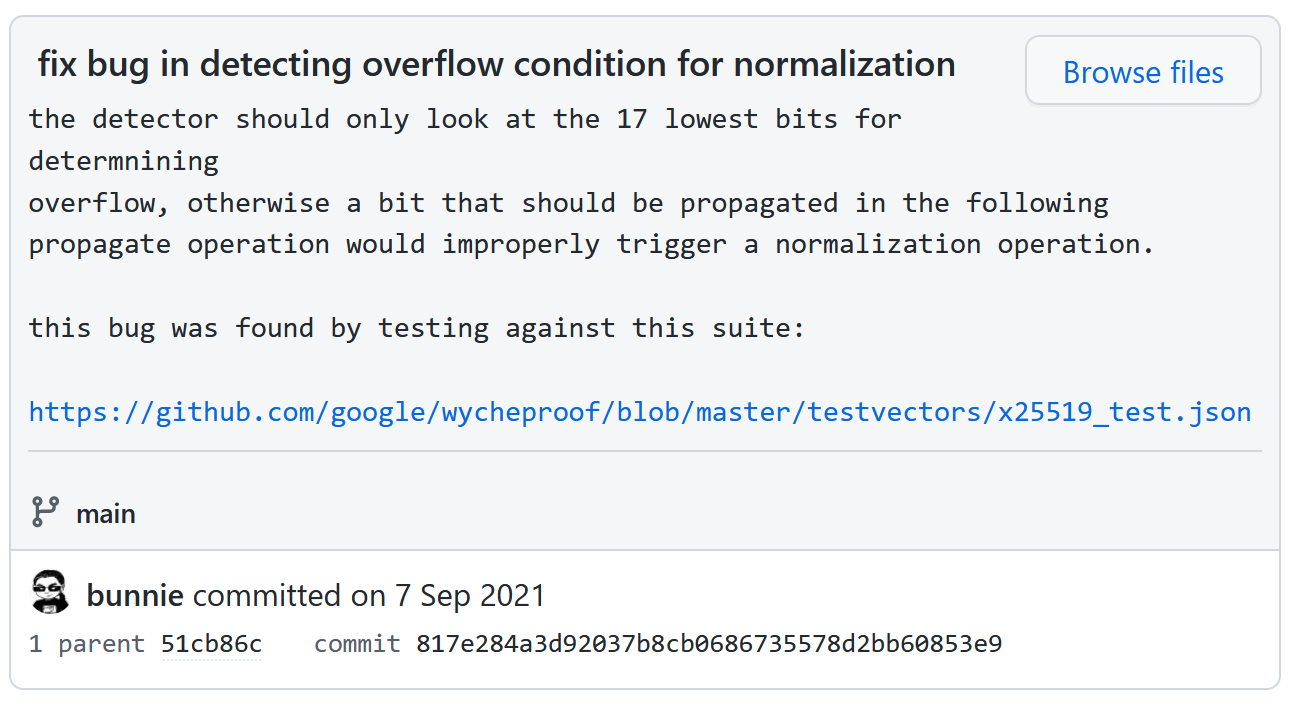
Emulation brings more eyes to the project
Robot Framework: Running Tests in CI
*** Settings ***
Suite Setup Setup
Suite Teardown Teardown
Test Setup Reset Emulation
Test Teardown Test Teardown
Resource ${RENODEKEYWORDS}
*** Variables ***
${UART} sysbus.uart0
${URI} @https://dl.antmicro.com/projects/renode
${LIS2DS12}= SEPARATOR=
... """ ${\n}
... using "platforms/cpus/nrf52840.repl" ${\n}
... ${\n}
... lis2ds12: Sensors.LIS2DS12 @ twi1 0x1c ${\n}
... ${SPACE*4}IRQ -> gpio0@28 ${\n}
... """
*** Keywords ***
Create Machine
Execute Command mach create
Execute Command machine
... LoadPlatformDescriptionFromString ${LIS2DS12}
Execute Command sysbus LoadELF
... ${URI}/nrf52840--zephyr_lis2dh.elf-s_747800-163b7e7cc986d4b1115f06b5f3df44ed0defc1fa
*** Test Cases ***
Should Read Acceleration
Create Machine
Create Terminal Tester ${UART}
Execute Command sysbus.twi1.lis2ds12 AccelerationX 10
Execute Command sysbus.twi1.lis2ds12 AccelerationY 5
Execute Command sysbus.twi1.lis2ds12 AccelerationZ -5
Start Emulation
Wait For Line On Uart
... x 9.997213 , y 4.997410 , z -4.999803
LIS2DS12.robot
Renode for Reverse Engineering
SVD: Standard Chip Documentation
BlueNRG2.svd
SVD: Using with Renode
sysbus ApplySVD @BlueNRG2.svd

Logging Memory Accesses

Debugging with GDB

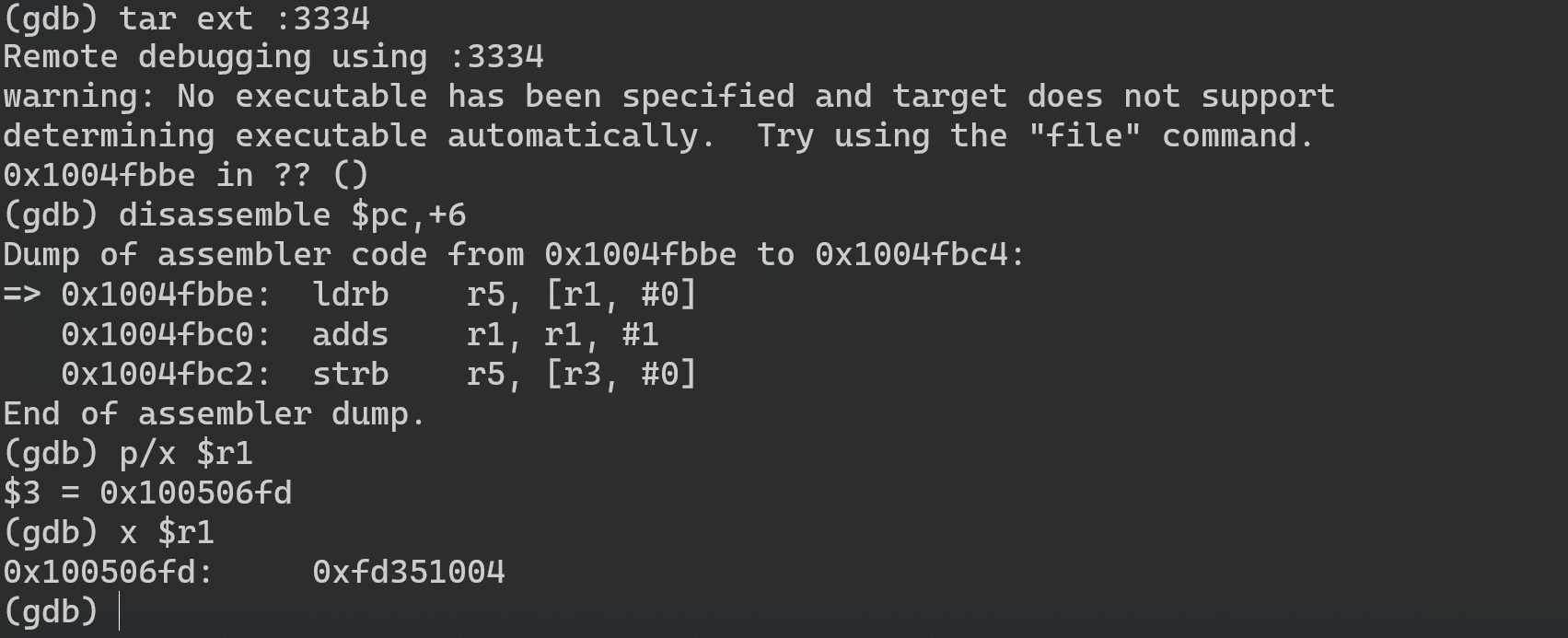
Creating ELF Files
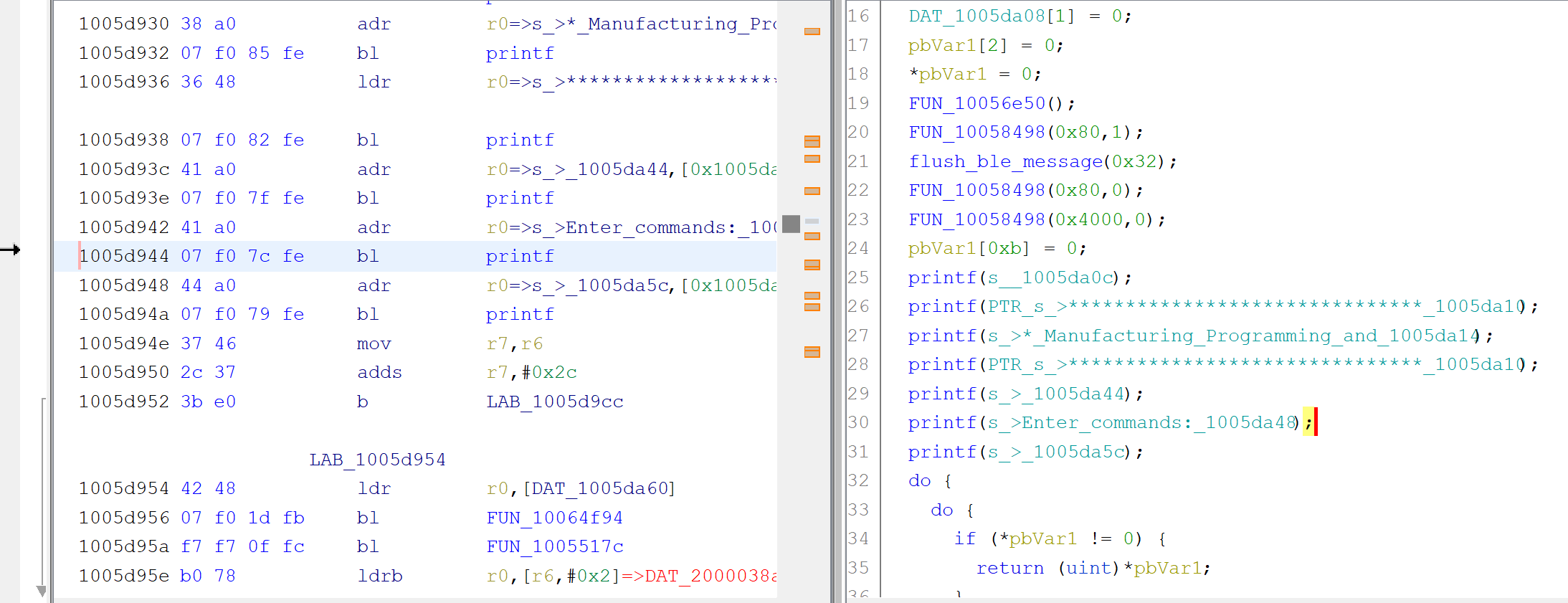
Multi-System Emulation
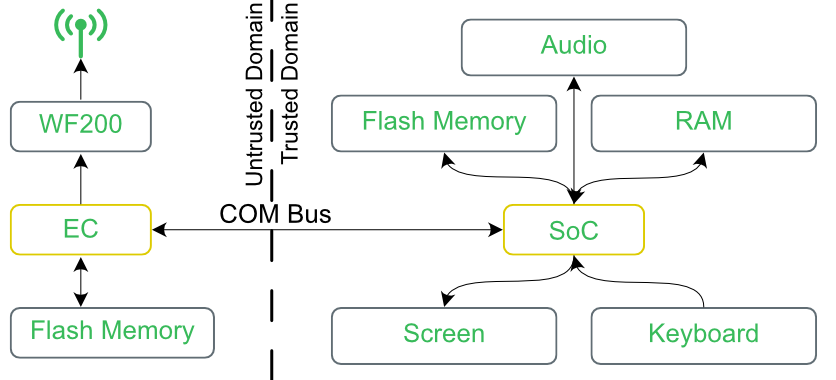
Multi-System Emulation

Other Features
- Loading peripherals at runtime
- Adding custom instructions to Risc-V
- Python hooks for memory access
- Networking